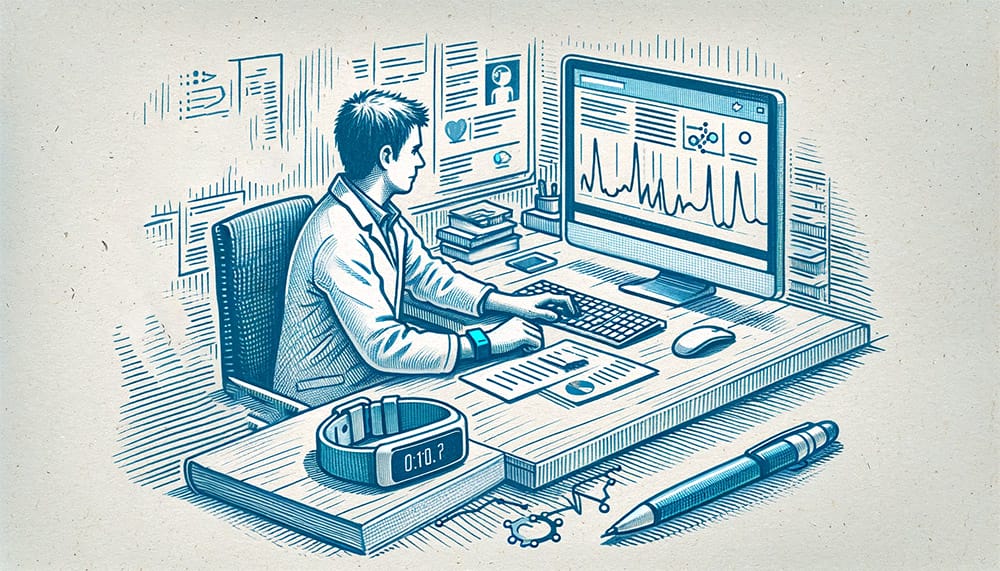1. Introduction
Choosing the right actigraphy device is essential for researchers seeking accurate, reliable data in studies on sleep patterns, circadian rhythms, and physical activity. The selection of an actigraphy device significantly influences the integrity and quality of research data.
The Critical Role of Device Selection in Actigraphy Research:

The precision of an actigraphy device is not merely a convenience but a fundamental aspect of scientific research. Researchers must consider sensor accuracy, data storage, and user compliance to align the device with their study goals.
“The right actigraphy device is a pillar of accuracy and reliability in research, dictating the validity of your findings.”
This introduction highlights the vital importance of selecting the appropriate actigraphy device in research, laying the groundwork for a thorough discussion on the criteria and considerations involved in this process. Learn about actigraphy in our guide: Exploring Actigraphy in Scientific Research: A Comprehensive Guide.
2. Criteria for Choosing Research-Grade Actigraphy Devices
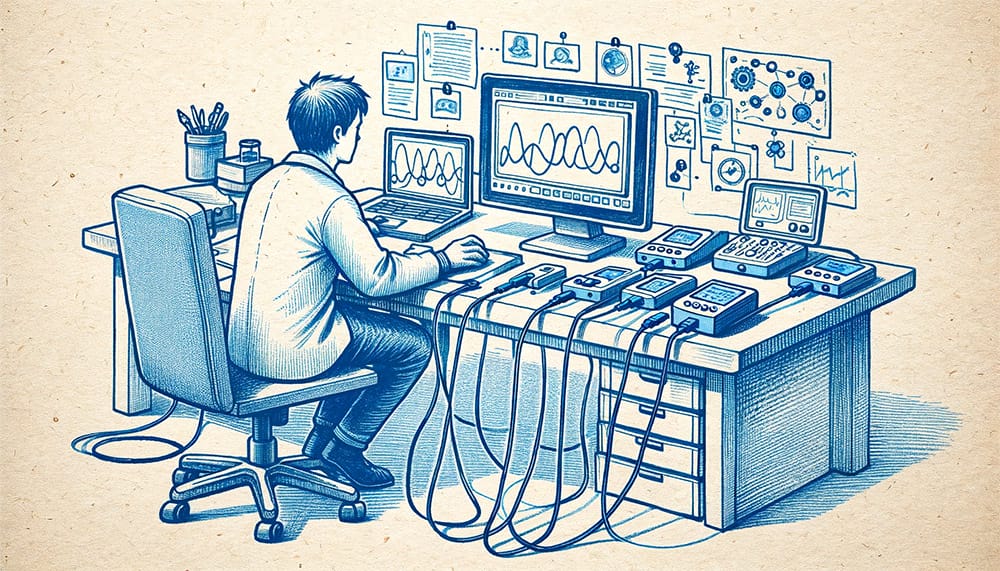
Selecting the right actigraphy device involves careful consideration of several critical factors that determine its suitability for research purposes.
2.1 Precision and Accuracy
Precision and accuracy are paramount in actigraphy devices for research. An ideal device should accurately capture even the smallest movements, ensuring that no significant data is overlooked. This precision is essential, particularly in studies where minor deviations can significantly impact the research outcomes.
“At the heart of impactful research lies the precision of your tools – a mandate for accuracy in actigraphy.”
2.2 Durability and Battery Life

Durability and battery life are crucial factors in the selection of research-grade actigraphy devices. Devices should withstand the rigors of extended use in various environments without frequent need for recharging or maintenance. This ensures continuous data collection, crucial for longitudinal studies.
2.3 Data Storage and Transfer Capabilities
The ability to store and transfer data efficiently is another key consideration. Devices with ample storage and seamless data transfer options facilitate smooth research operations and data analysis. This feature is particularly important in large-scale studies or remote monitoring situations.
“In the realm of research, the robustness of an actigraphy device in data handling can be as critical as the data itself.”
These aspects, durability and data management, are vital for ensuring uninterrupted research activities and the integrity of the data collected.
2.4 User Comfort and Compliance

User comfort and compliance are essential in selecting actigraphy devices, especially for studies requiring long-term wear. Devices should be non-intrusive and comfortable for participants, ensuring high compliance rates and minimizing data loss due to discomfort or non-adherence.
2.5 Cost-Effectiveness and Budget Considerations
Balancing cost-effectiveness with quality is vital in the selection process. While budget constraints are a reality, investing in a device that offers reliable data and durability can be more cost-effective in the long run, ensuring the sustainability of research projects.
“The art of choosing the right actigraphy device lies in balancing budget constraints with the uncompromised quality of data collection.”
These criteria, focusing on user comfort and cost-effectiveness, play a significant role in the practical aspects of conducting research with actigraphy devices.
3. Top Actigraphy Devices in Research: A Comparison

When selecting an actigraphy device for research, comparing top models is essential to understand their unique features and suitability for specific research needs.
3.1 Comparing Key Features
In comparing top actigraphy devices, key features such as sensor technology, data accuracy, battery life, and user interface must be closely examined. Each device offers a unique combination of these features, influencing its applicability in various research scenarios.
“A meticulous comparison of actigraphy devices unveils the nuances that can define the success of your research.”
This comparison aims to provide researchers with a clear understanding of how each device’s features align with their specific research requirements.
3.2 Performance Analysis
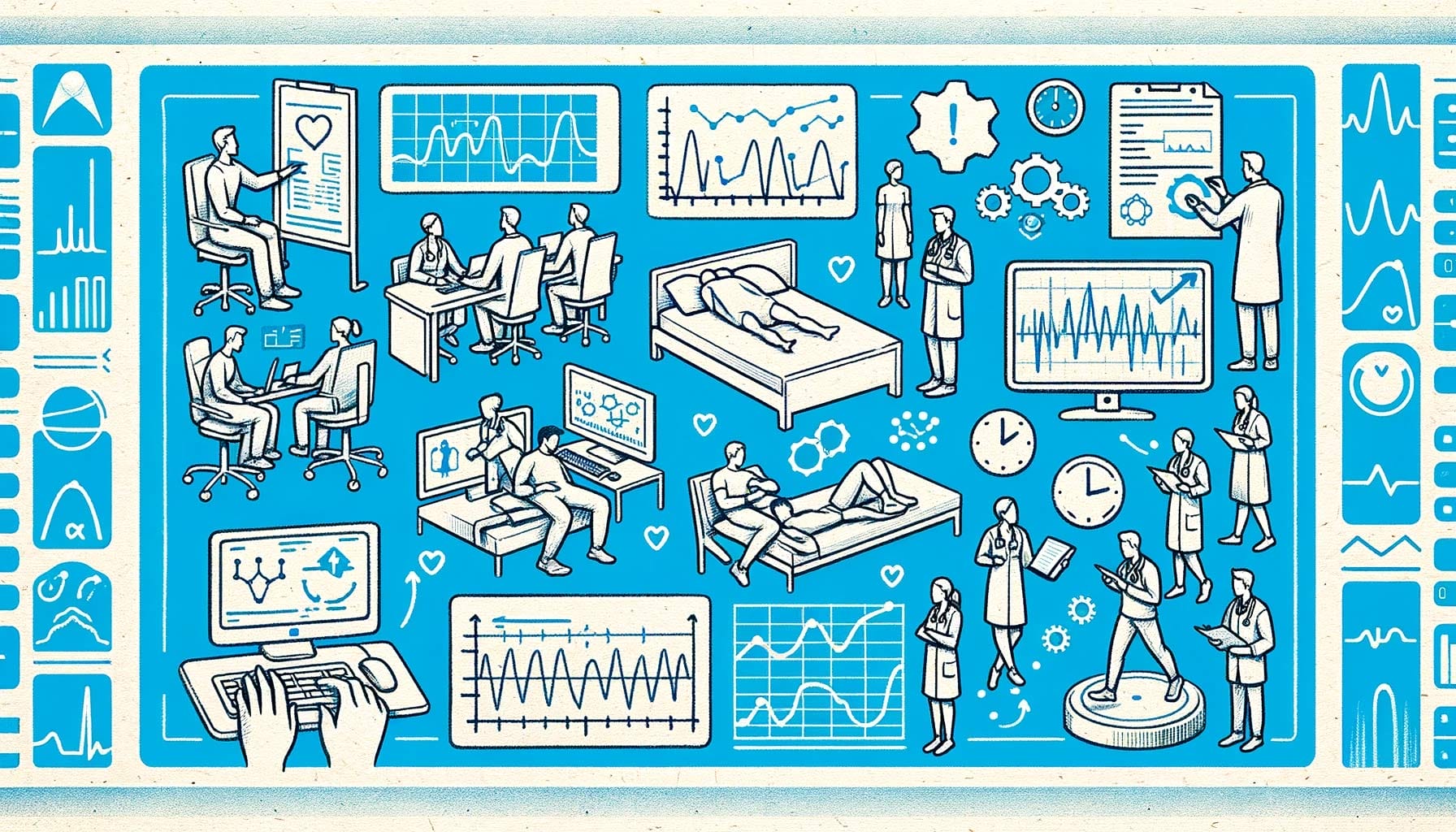
Performance analysis of actigraphy devices involves evaluating their effectiveness in real-world research scenarios. This includes assessing the accuracy of data under various conditions, battery performance over extended periods, and overall device resilience.
3.3 User Interface and Ease of Use
The user interface and ease of use are critical for both researchers and participants. Devices with intuitive interfaces and straightforward operation can significantly enhance the efficiency of data collection and participant compliance.
“Ease of use in actigraphy devices is not just about user comfort; it’s about ensuring uninterrupted, high-quality data collection in research.”
These aspects, performance analysis, and user-friendliness, are crucial in determining the practicality and effectiveness of actigraphy devices in research settings.
4. Integrating Actigraphy Devices into Research Projects

Successfully integrating actigraphy devices into research projects requires careful planning and strategic implementation to ensure optimal data collection and participant engagement.
4.1 Planning and Implementation Strategies
Effective planning for the use of actigraphy devices involves understanding the specific needs of the research, selecting the right device based on those needs, and preparing for data collection and analysis. Implementation strategies should include participant training, device calibration, and setting up a robust data management system.
“Strategic planning and implementation in actigraphy research are pivotal in transforming raw data into meaningful scientific insights.”
This phase is critical in ensuring that the actigraphy devices are utilized effectively, providing reliable and valuable data for the research study.
4.2 Data Collection and Management
Data collection and management are crucial elements when integrating actigraphy devices into research projects. This involves setting protocols for data collection, ensuring consistent and accurate data capture, and establishing systems for storing and managing the collected data efficiently.
4.3 Ensuring Participant Compliance

Participant compliance is essential for the success of research involving actigraphy. Strategies to ensure compliance include clear communication about the importance of consistent device usage, providing comfortable and easy-to-use devices, and offering support for any issues participants might encounter.
“Effective participant compliance in actigraphy research hinges on clear communication and user-friendly device design.”
These steps are vital for the smooth functioning of the research project, ensuring high-quality data collection and participant adherence to the research protocol.
4.4 Addressing Technical Challenges
Addressing technical challenges is a key aspect of integrating actigraphy devices into research. This includes troubleshooting device issues, ensuring data accuracy, and managing technical difficulties participants may face. It’s important to have a support system in place, including technical assistance for participants and regular device maintenance checks.
“Navigating technical challenges in actigraphy research ensures uninterrupted data collection and maintains the integrity of the research.”
Effective handling of these technical aspects is crucial for the smooth operation of the research project, ensuring that technical issues do not hinder the collection of valuable data.
5. User Experience: Researchers’ Insights on Actigraphy Devices

User experience, particularly from a researcher’s perspective, is a critical factor in the selection and use of actigraphy devices. Feedback from those who have used these devices in various research settings provides invaluable insights into their practicality, efficiency, and overall impact on research outcomes.
5.1 Feedback from the Research Community
Collecting and analyzing feedback from the research community helps in understanding the strengths and limitations of different actigraphy devices. This feedback can cover aspects like device reliability, data accuracy, ease of use, and the level of support provided by the manufacturers.
“Direct insights from researchers illuminate the real-world functionality and efficacy of actigraphy devices in scientific studies.”
This feedback is crucial in guiding future users in selecting the most appropriate actigraphy device for their research needs and also provides manufacturers with valuable information for future improvements.
5.2 Case Studies and Real-World Applications

Exploring case studies and real-world applications of actigraphy devices provides a comprehensive understanding of their practicality in various research contexts. This involves examining how different models have been employed in specific studies, the challenges faced, and the solutions provided by each device.
The insights derived from real-world case studies and the sharing of best practices provide a wealth of knowledge for future actigraphy research. Understanding the practical applications and challenges encountered by other researchers can guide in making informed decisions about device selection and research methodology. Additionally, it fosters a collaborative environment where knowledge is shared, helping to refine actigraphy techniques and applications across various research fields. This collective wisdom is invaluable for both new and experienced researchers in the field of actigraphy.
5.3 Lessons Learned and Best Practices

Gathering lessons learned and best practices from experienced researchers can be incredibly beneficial. This includes tips on maximizing data accuracy, enhancing participant compliance, and effectively managing and analyzing the data collected.
“Learning from the experiences of others in actigraphy research can significantly streamline the research process and enhance data quality.”
These sections aim to provide a practical overview of actigraphy devices in action and share valuable insights for optimizing their use in future research projects.
6. The Future of Actigraphy Technology in Research
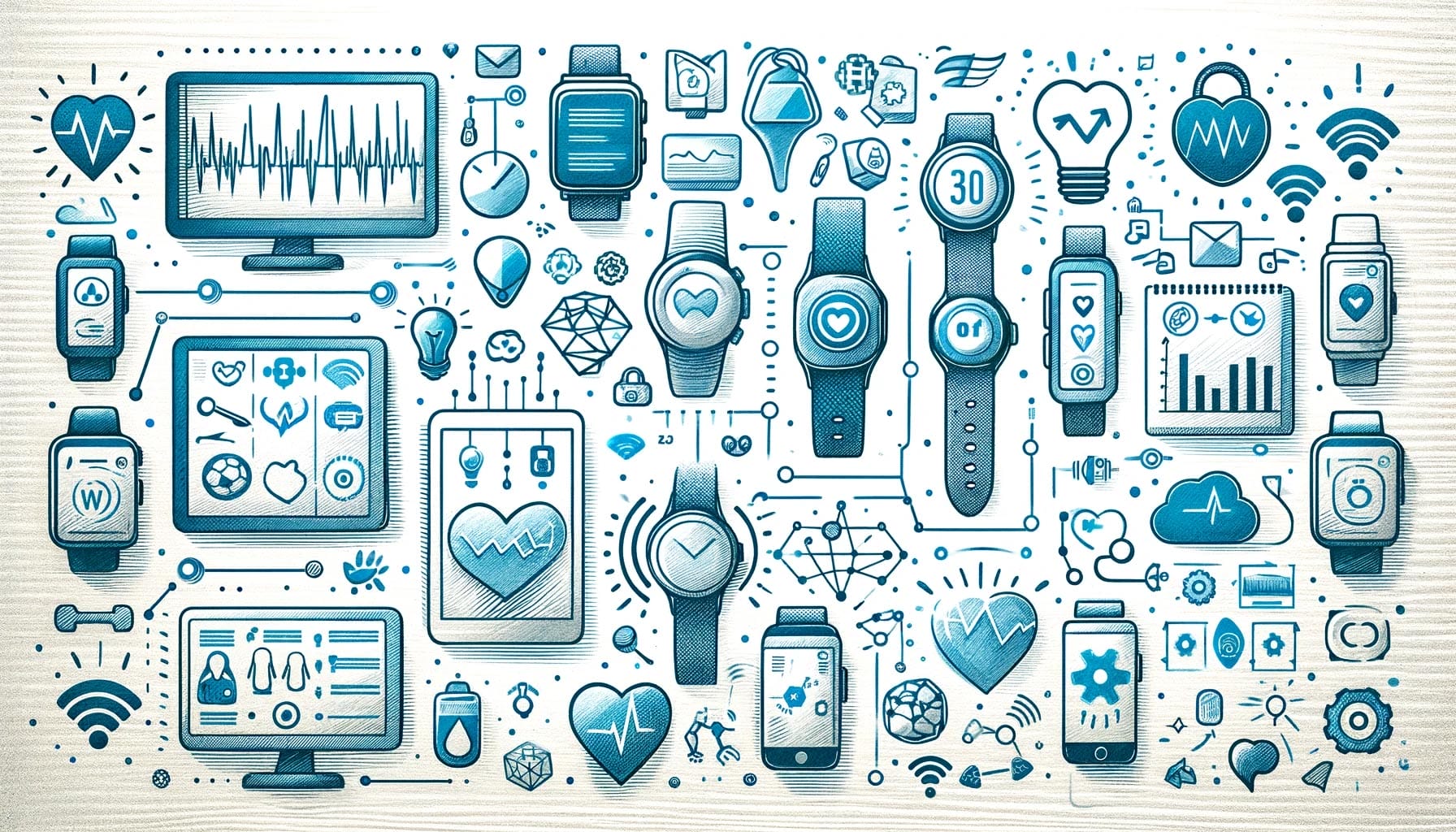
As we look towards the future, actigraphy technology is poised to make significant advancements that will further enhance its application in scientific research. These developments are expected to provide deeper insights and more refined data analysis capabilities.
6.1 Emerging Trends and Innovations
Emerging trends in actigraphy involve the integration of more sophisticated sensors and the application of advanced data analytics, like machine learning and artificial intelligence. These innovations promise to improve the accuracy and depth of data collected, allowing for more nuanced interpretations of activity and sleep patterns. The future of actigraphy also points towards increased personalization and wider applications in health monitoring and disease prevention. Dive into the world of sleep research with our article, ‘Understanding Actigraphy Studies in Sleep Patterns: An In-Depth Analysis’, exploring the use of actigraphy in monitoring and analyzing sleep patterns.
The evolving landscape of actigraphy technology will continue to shape its role in research, offering new opportunities and challenges for scientists in this dynamic field.
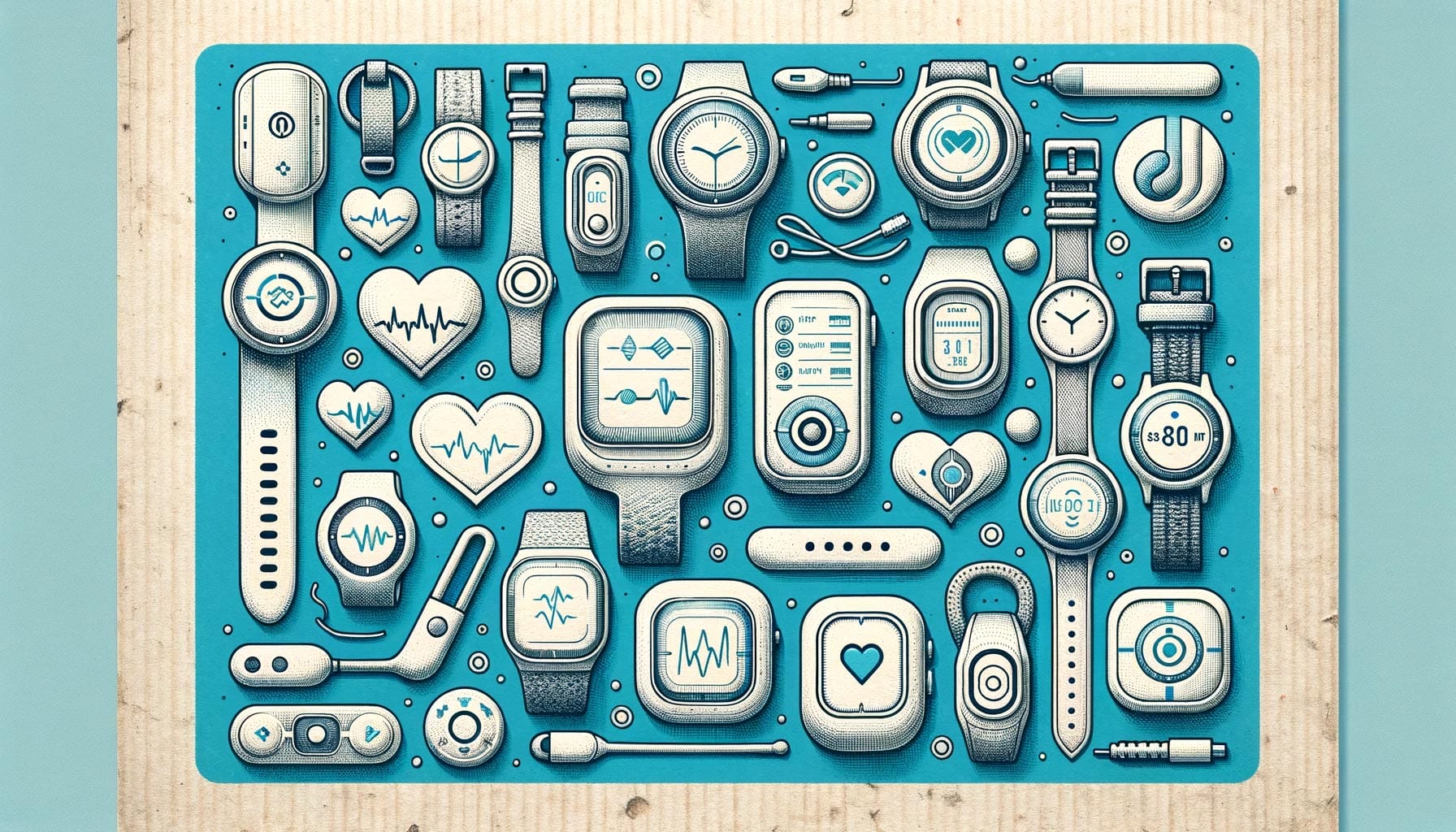
The progression of actigraphy technology is likely to be influenced by the increasing demand for integrated health monitoring systems. This could involve the convergence of actigraphy with other health metrics, providing a more comprehensive view of an individual’s health. Additionally, advancements in battery technology and data transmission could make actigraphy devices more efficient and user-friendly, increasing their adoption in both clinical and research settings. These developments will expand the potential applications of actigraphy, making it a more versatile tool in health research and management. Explore the groundbreaking impact of actigraphy in clinical settings with our detailed analysis in ‘The Role of Actigraphy in Clinical Trials: A Detailed Overview’.
6.2 Anticipating Changes in Research Needs

Looking forward, actigraphy technology must evolve to meet the changing needs of research. This includes developing devices with greater customization to cater to specific study requirements and exploring new domains where actigraphy can provide valuable insights. Researchers will also need tools that can handle increasingly complex data sets and integrate with other research technologies. These adaptations will ensure that actigraphy remains a relevant and powerful tool in the ever-evolving landscape of scientific research.
“As we navigate the future of research, actigraphy must adapt and evolve, anticipating and addressing the shifting paradigms of scientific inquiry and data analysis.”
6.3 The Role of Actigraphy in Future Scientific Studies
The future role of actigraphy in scientific studies is expected to expand and deepen. As technology advances, actigraphy could be integrated into more diverse research areas, including mental health, chronic disease management, and even in occupational health studies. Its ability to provide continuous, objective data makes it an invaluable tool for longitudinal studies and in scenarios where traditional monitoring methods are impractical. The evolution of actigraphy will likely mirror the growing complexity and interdisciplinarity of scientific research, highlighting its enduring value in the pursuit of knowledge.
Conclusions

The journey of selecting the right actigraphy device for research is intricate and vital. It requires balancing various factors such as precision, durability, user comfort, and cost-effectiveness to ensure the success and integrity of scientific studies.
Take-Home Messages:
- The choice of actigraphy device directly impacts the quality and reliability of research data.
- Key considerations include accuracy, durability, data handling, user comfort, and cost.
- Emerging trends in actigraphy promise enhanced capabilities and broader applications.
- Collaboration and feedback from the research community are invaluable in selecting the right device.
In conclusion, the selection of an actigraphy device is a critical decision in the research process. As actigraphy technology continues to evolve, its role in advancing scientific understanding and contributing to various fields of study will only grow. Embracing these advancements while adhering to rigorous research standards will pave the way for groundbreaking discoveries and innovations.
You Might Also Be Interested
📚 Delve into our comprehensive Wearables & Accelerometer collection for insightful perspectives on articles related to accelerometers and wearables.
🔍 Learn more about how our various valid and reliable products, such as the Fibion Device, Fibion SENS, Fibion Sleep, Fibion Mimove, Fibion Emfit, and Fibion Circadian, can help you in your research measuring physical activity, sedentary behavior, and sleep.
📅 Planning a research measuring physical activity, sedentary behavior, and sleep? For a chat with our accelerometer and wearable expert, book a session with Dr. Miriam Cabrita.
Frequently asked questions about this topic:
Why is selecting the right actigraphy device crucial in research? +
Selecting the right actigraphy device is essential for accurate and reliable data in sleep patterns, circadian rhythms, and physical activity studies, influencing the integrity and quality of research data.
What are the criteria for choosing research-grade actigraphy devices? +
Key criteria include precision and accuracy, durability and battery life, data storage and transfer capabilities, user comfort and compliance, and cost-effectiveness with respect to the research budget.
How are top actigraphy devices compared in research? +
Top actigraphy devices are compared based on sensor technology, data accuracy, battery life, user interface, performance under various conditions, and ease of use for both researchers and participants.
What is involved in integrating actigraphy devices into research projects? +
Integrating actigraphy devices into research involves planning and implementation strategies, effective data collection and management, ensuring participant compliance, and addressing technical challenges.
What insights can researchers provide on actigraphy devices? +
Researchers can provide insights on device reliability, data accuracy, ease of use, and practicality in various research contexts, based on their experiences and case studies in real-world applications.
What is the future of actigraphy technology in research? +
The future of actigraphy technology in research includes emerging trends and innovations like advanced sensors and data analytics, expanded applications, and adapting to changing research needs and scientific studies.

